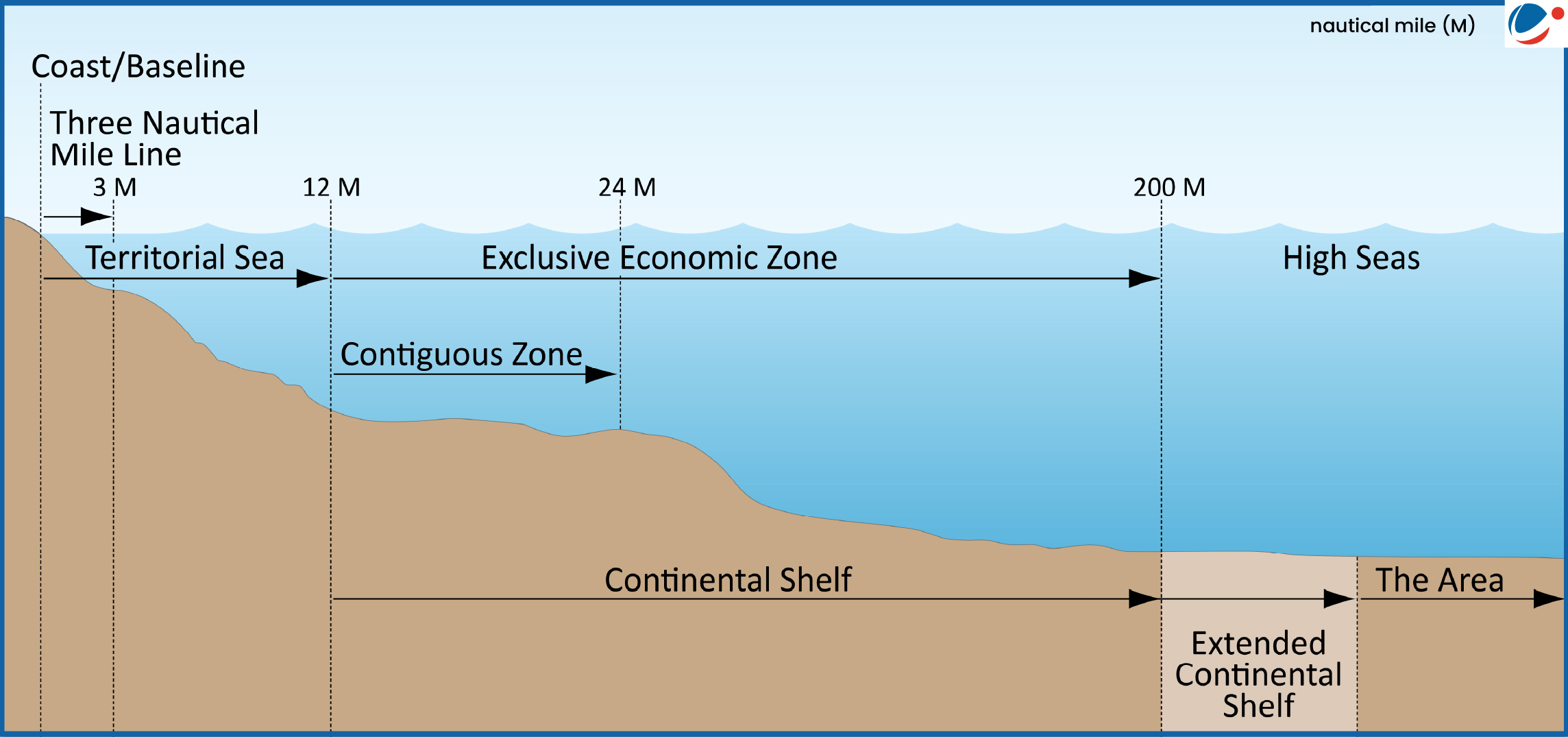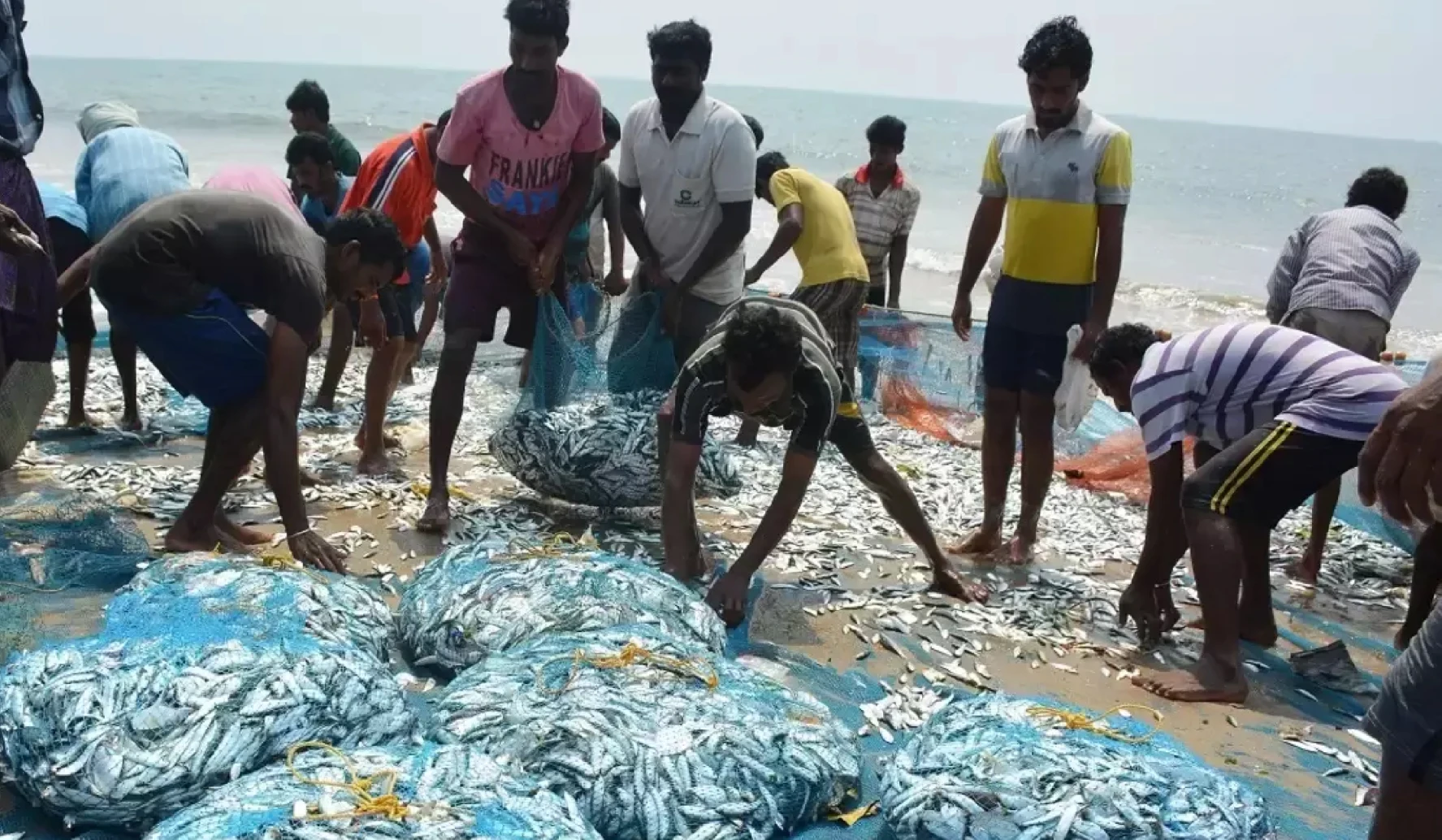It is aimed at realizing the vision of a prosperous and inclusive Blue Economy and unlocking the untapped potential of India’s 11,099 km coastline and more than 23 lakh sq. km EEZ, esp. Andaman & Nicobar and Lakshadweep islands (49% of EEZ).
Key Highlights of the Rules
- Cooperatives and Community-Led Models: Exclusive priority to Fishermen Cooperative Societies and Fish Farmer Producer Organizations (FFPOs) for deep-sea fishing.
- Introduction of Mother-and-Child Vessel Concept (Large mother vessels + smaller child boats), allowing mid-sea transshipment.
- Comprehensive Support and Capacity Building: Through training programs, and capacity-building initiatives across the value chain.
- Access to easy and affordable credit under Pradhan Mantri Matsya Sampada Yojana (PMMSY) and the Fisheries and Aquaculture Infrastructure Development Fund (FIDF).
- Promoting Sustainable Fishing and Mariculture:
- Curbing harmful practices such as LED light fishing, pair trawling and bull trawling.
- Fisheries Management Plans in consultation with state governments to restore declining fish stocks.
- Mariculture practices such as sea-cage farming and seaweed cultivation will be promoted as alternate livelihoods.
- Other: Access pass for mechanized and large-sized motorized vessels through the onlineReALCRaft portal (Small fishers exempted; Foreign vessels not allowed in EEZ)
- Fish resources originated from the Indian EEZ to be recognized as ‘Indian origin’, etc.
 About Exclusive Economic Zone (EEZ):
|






